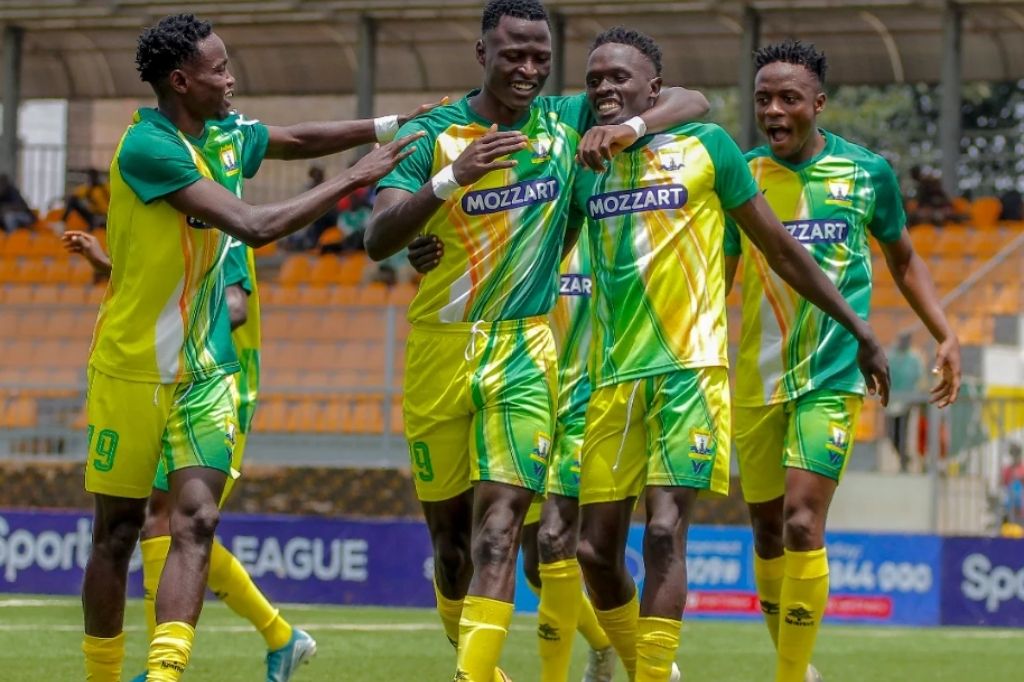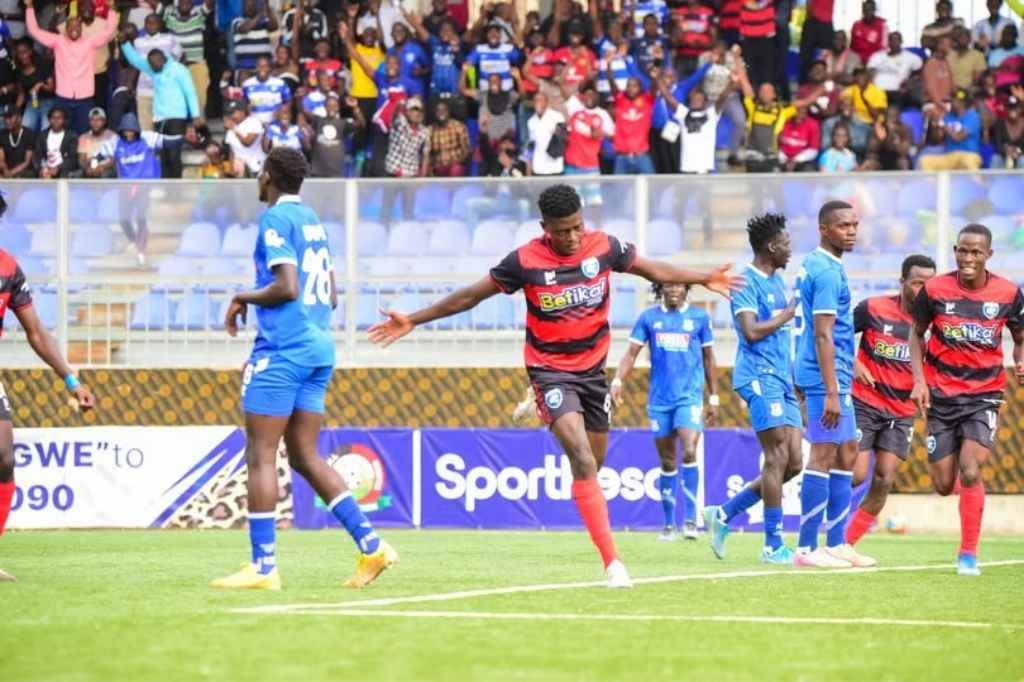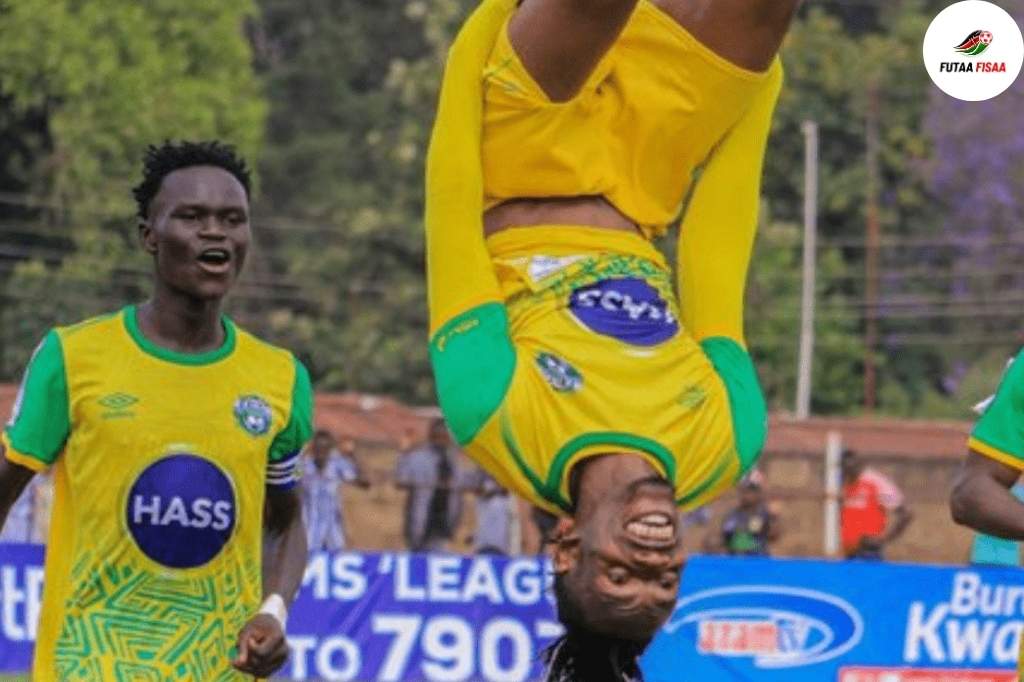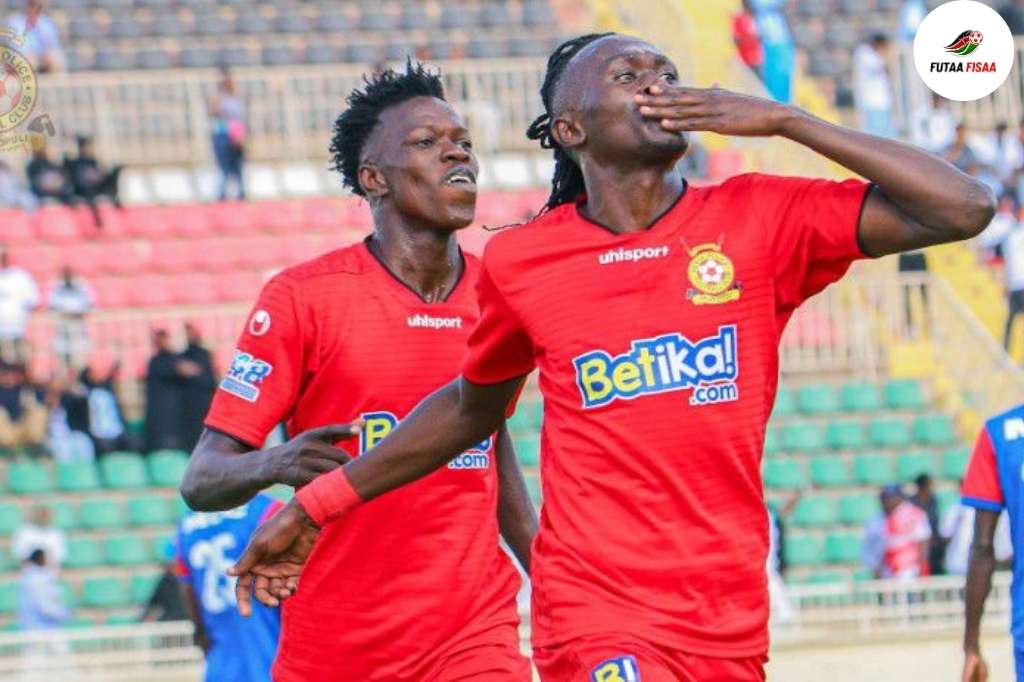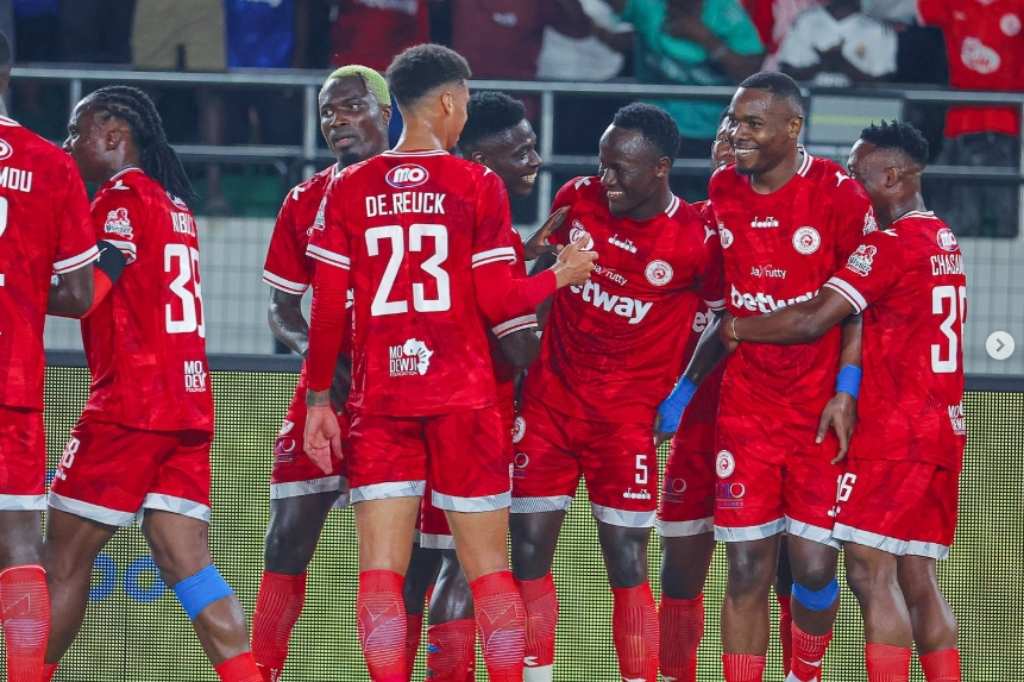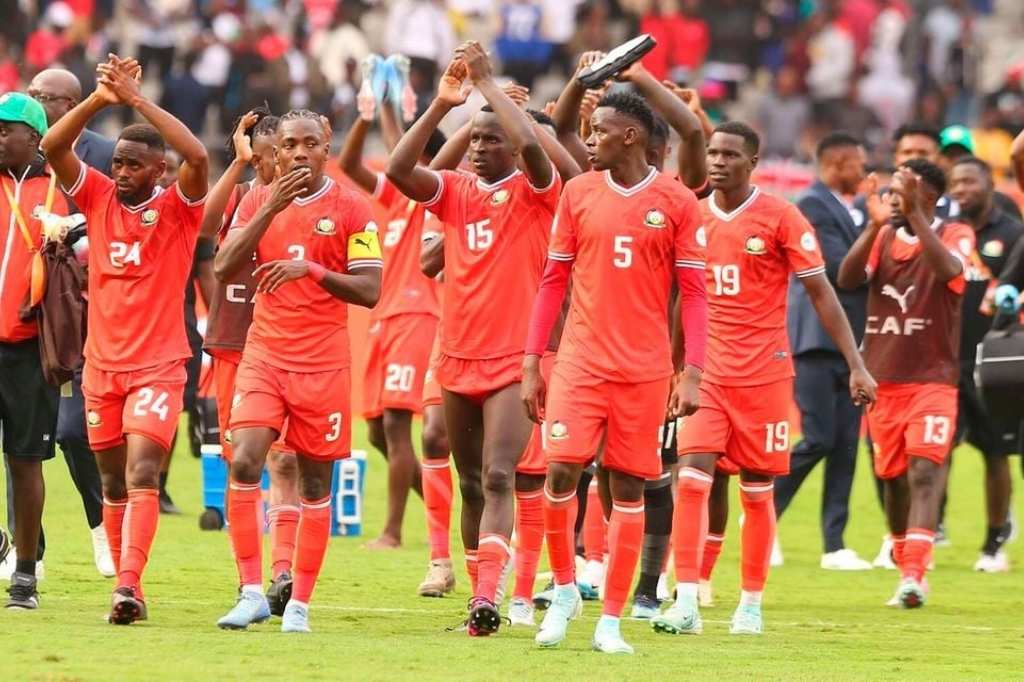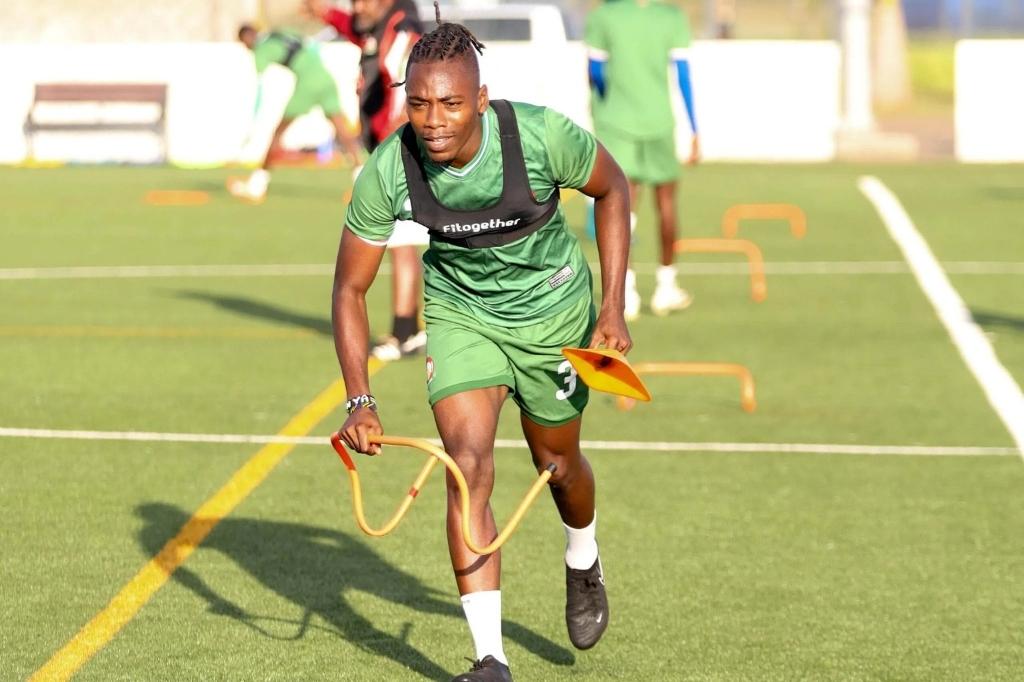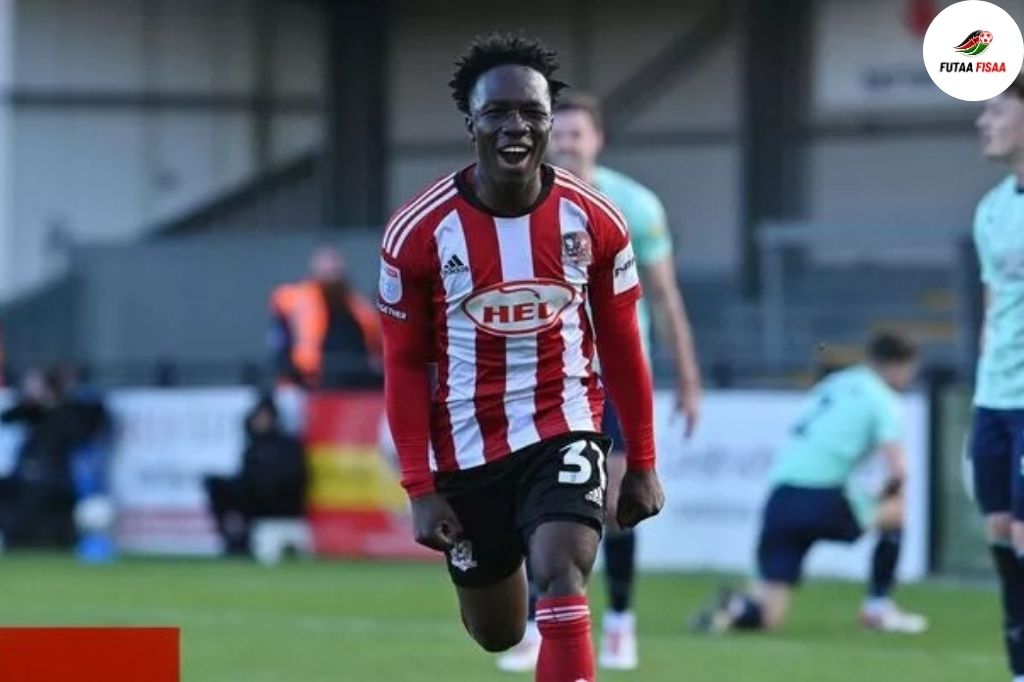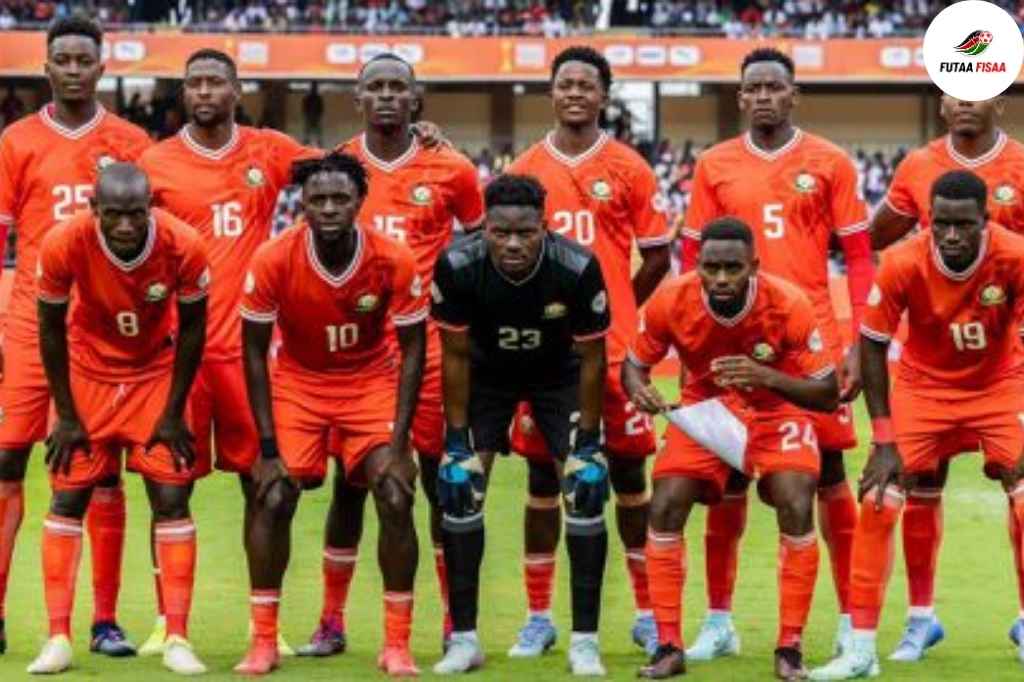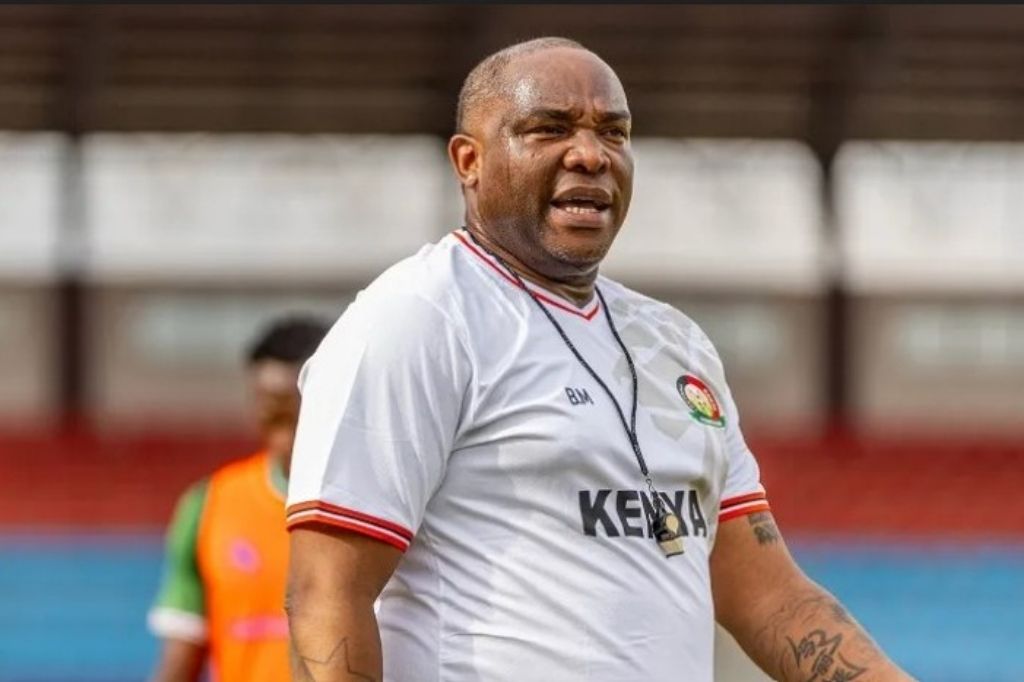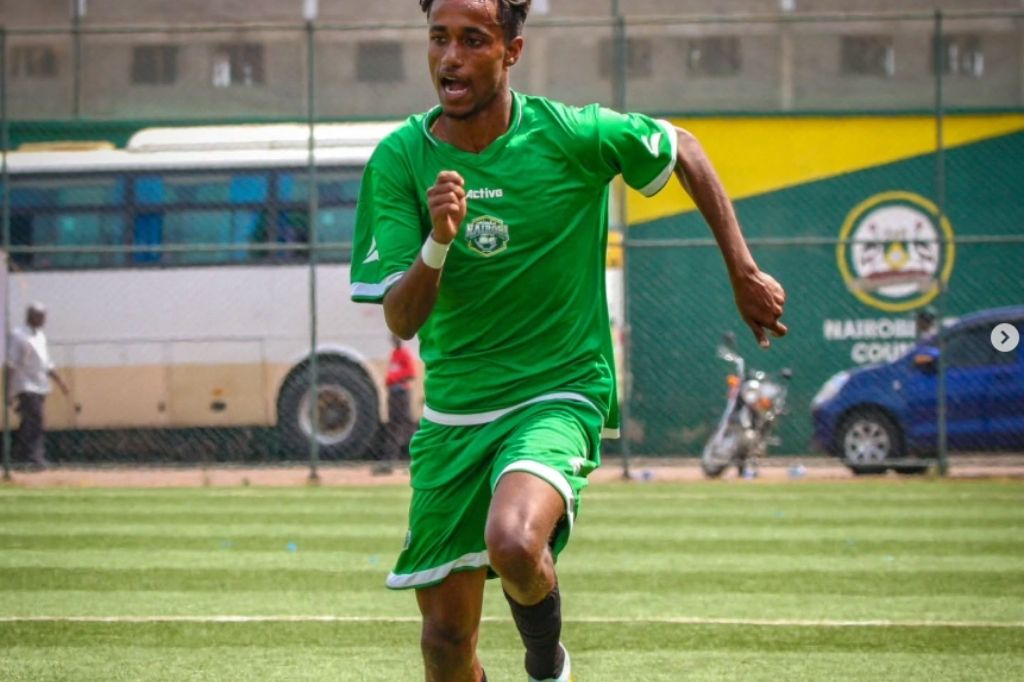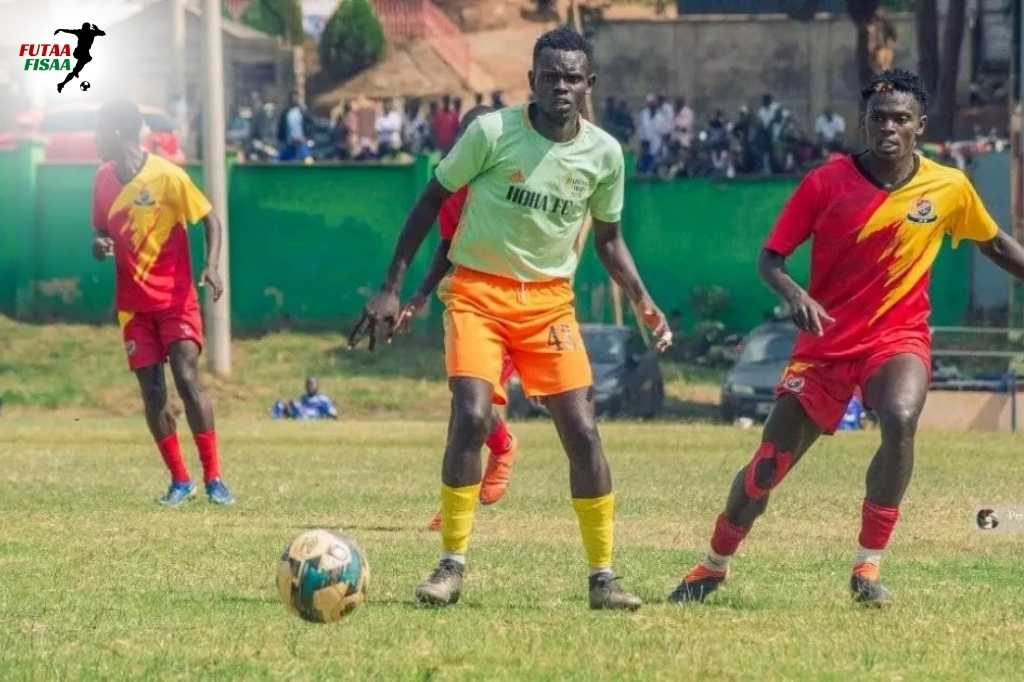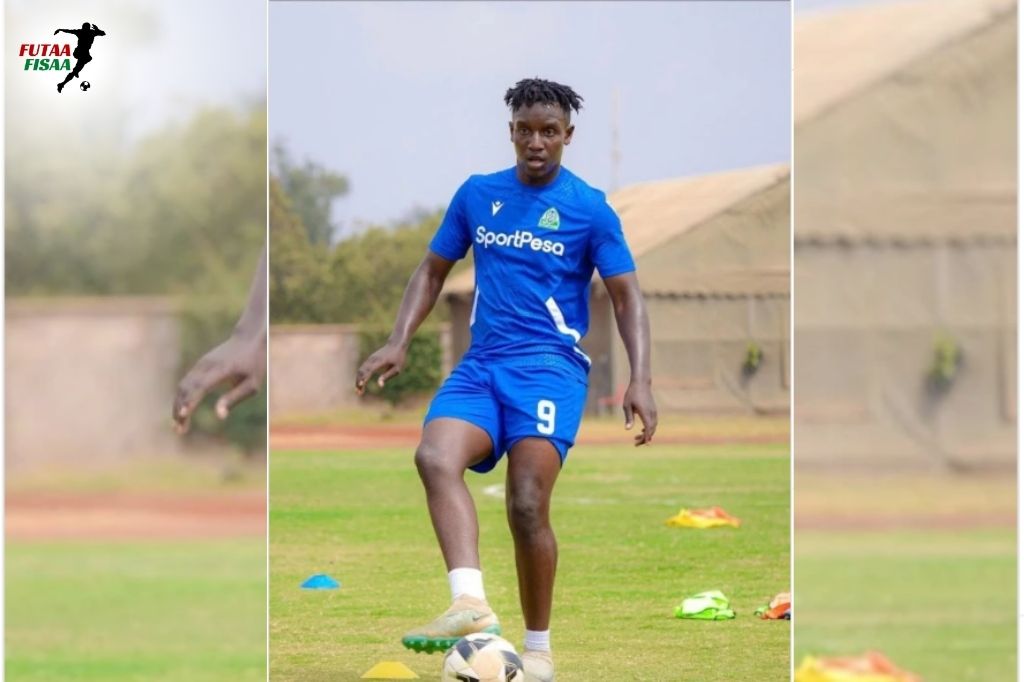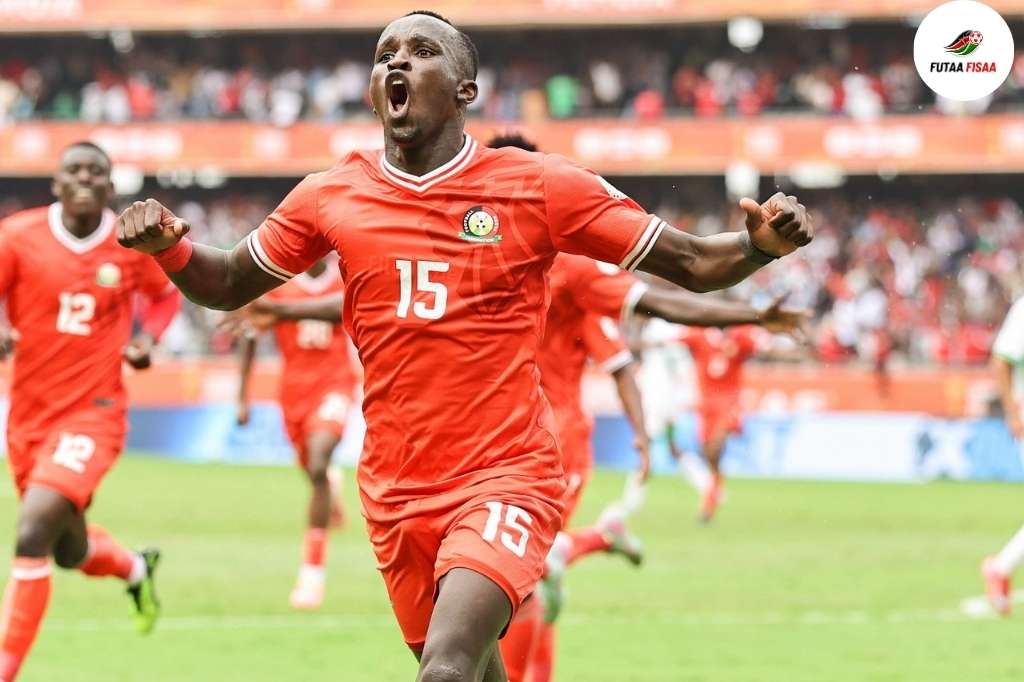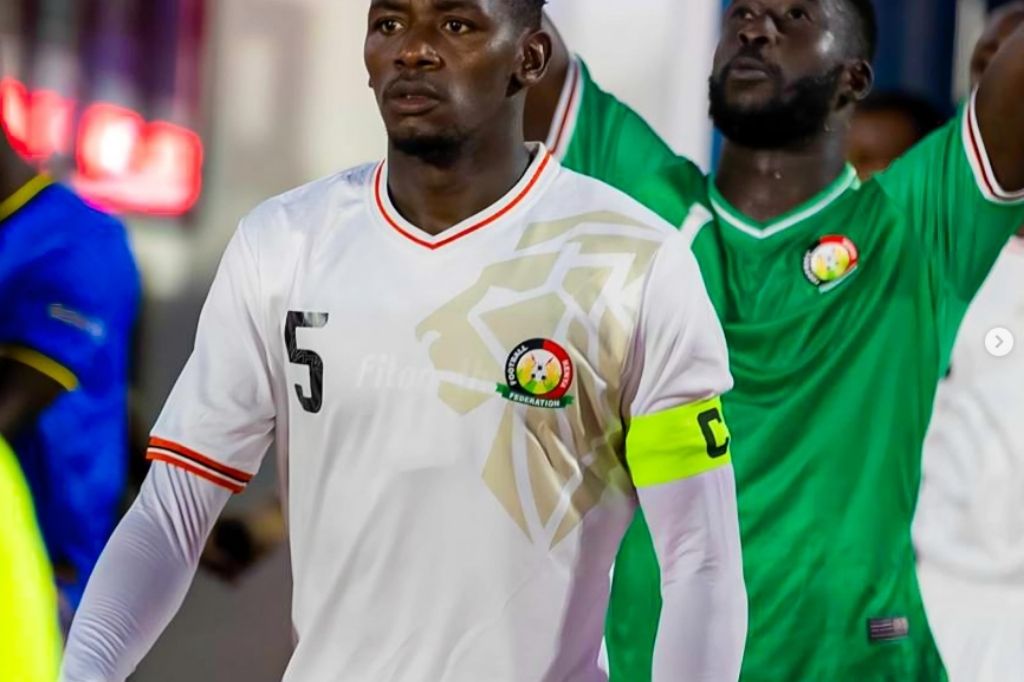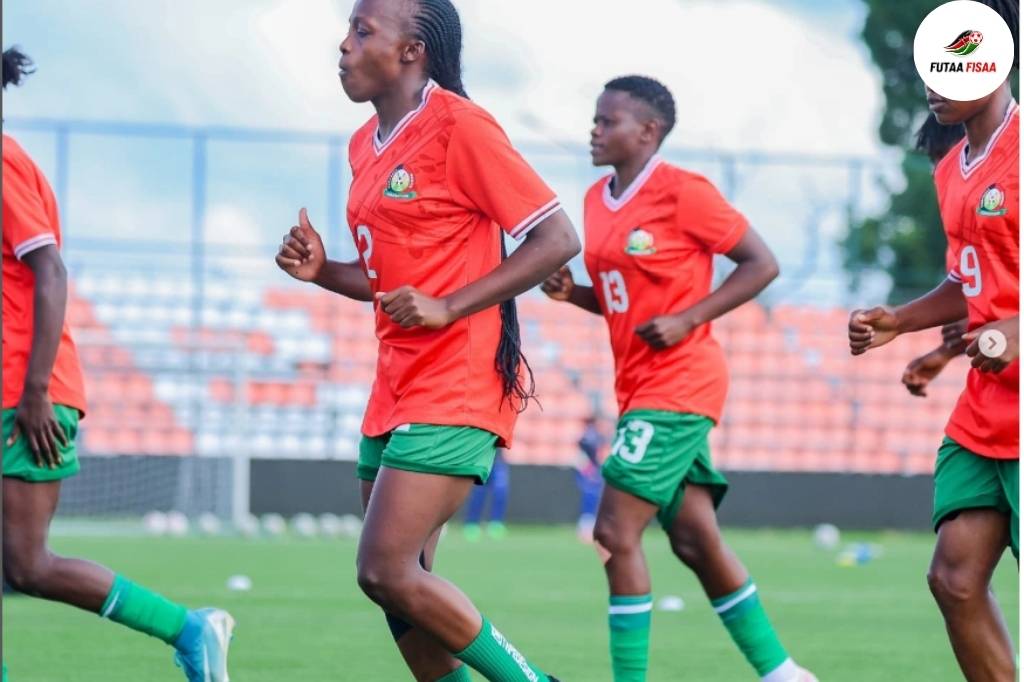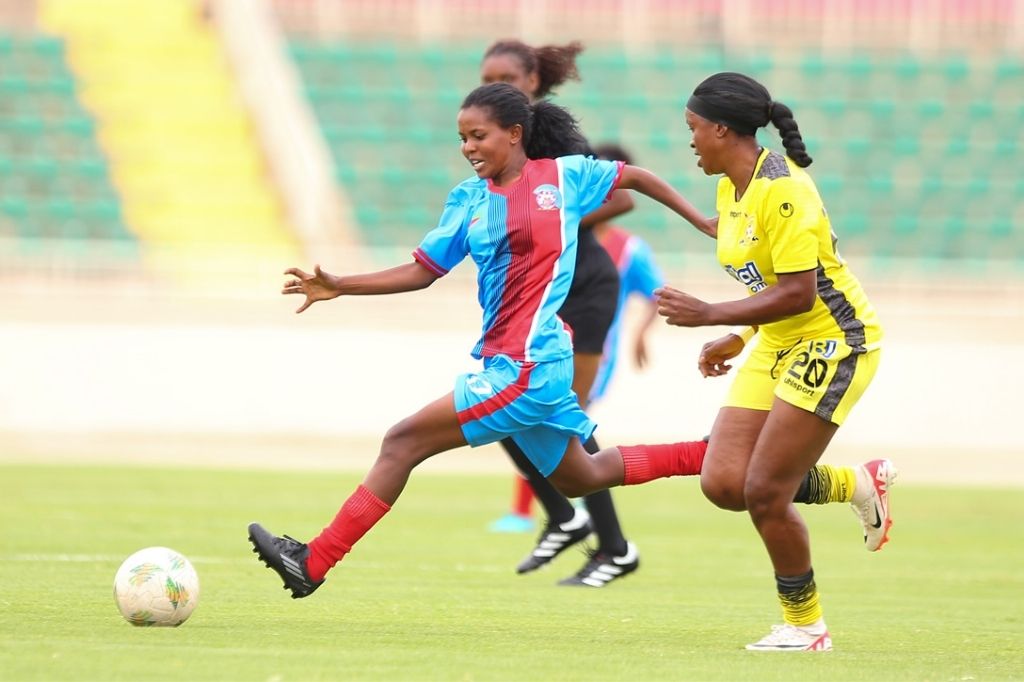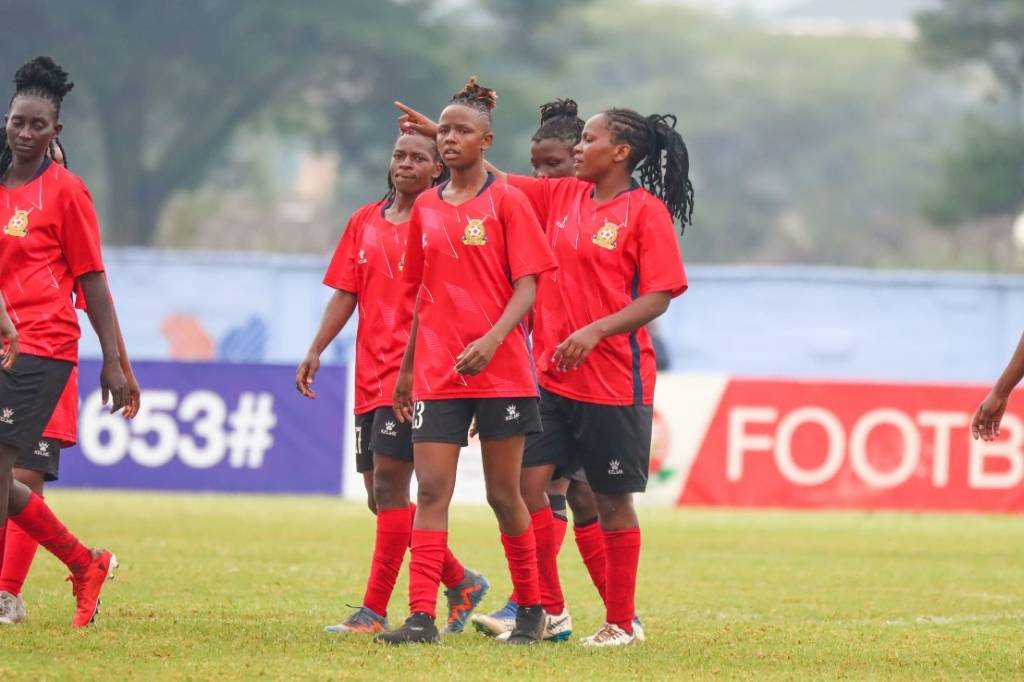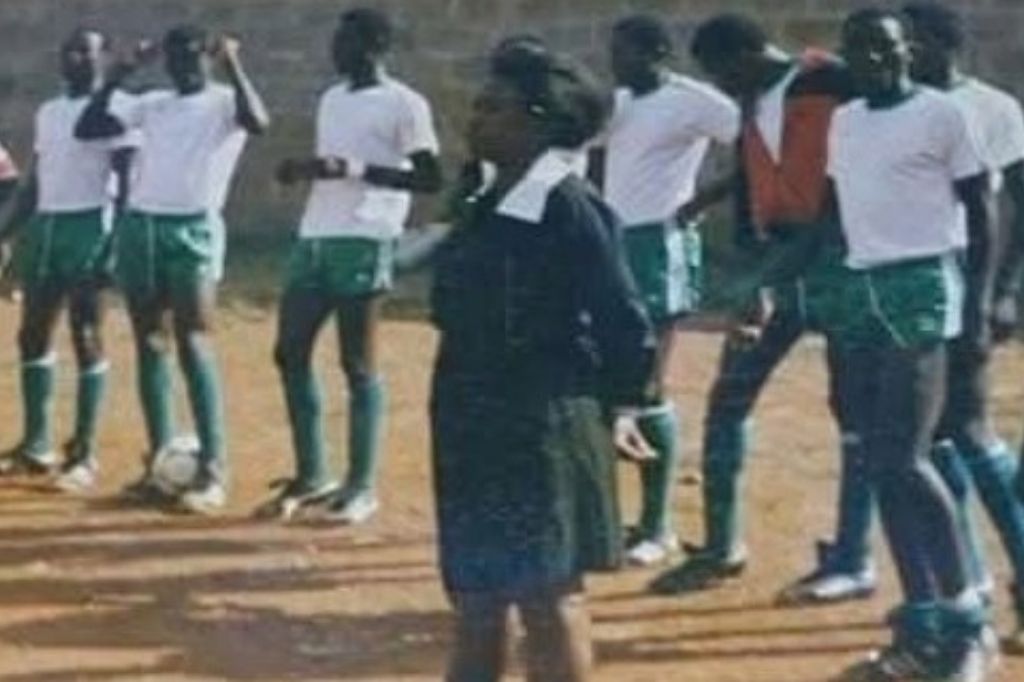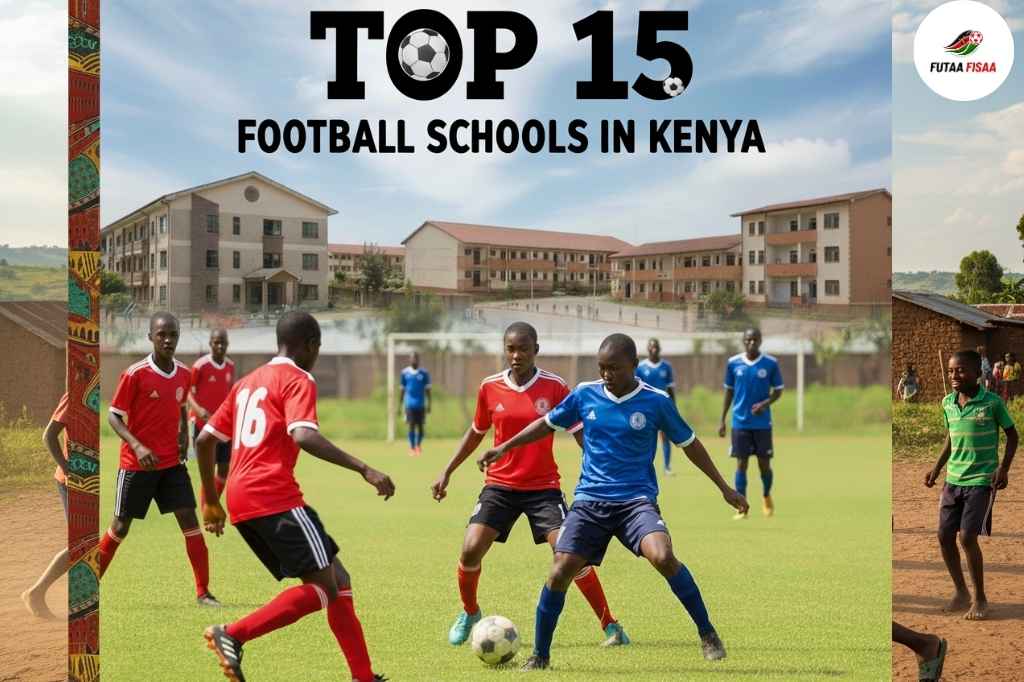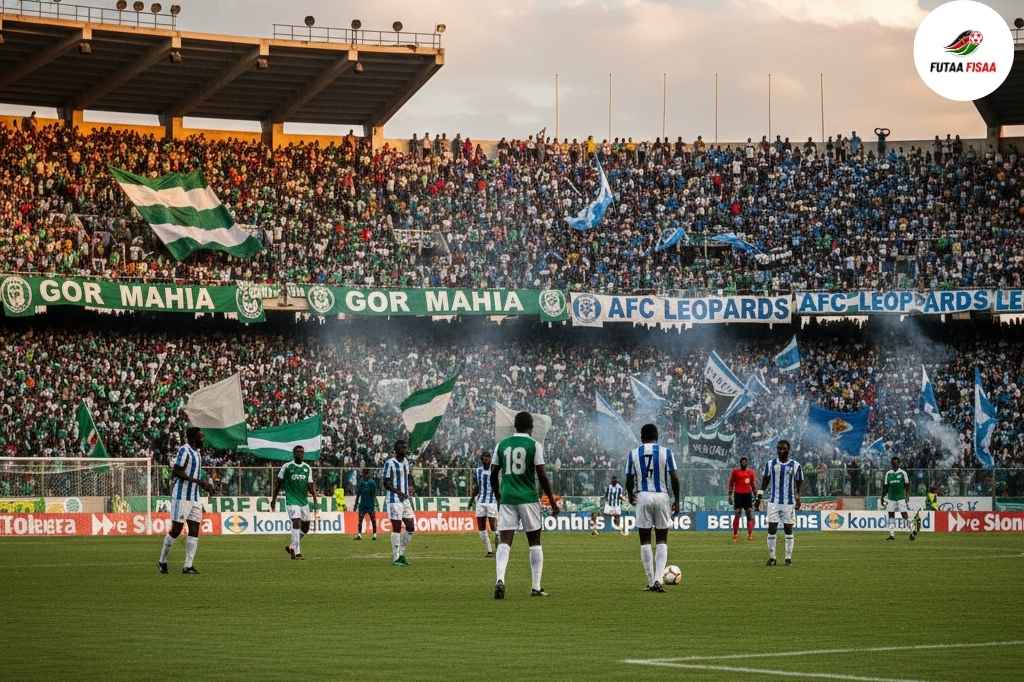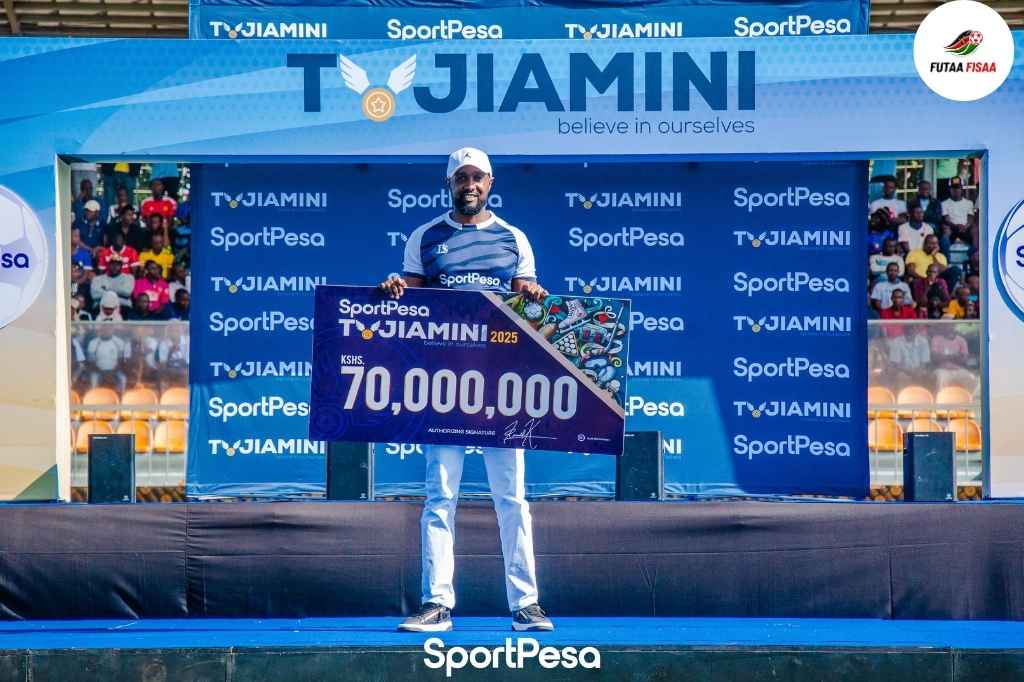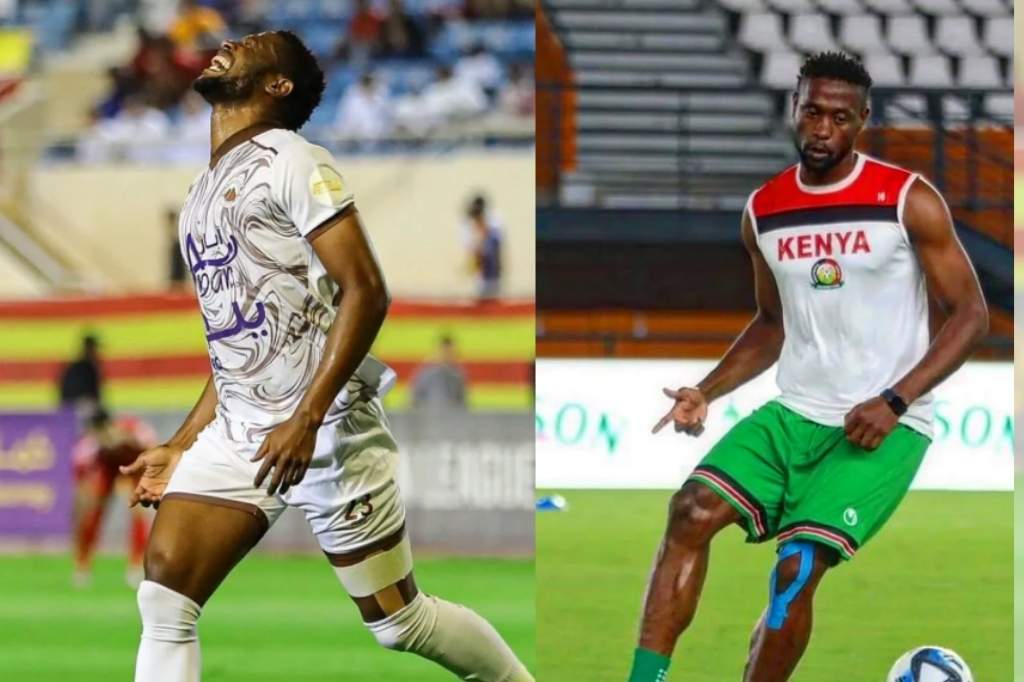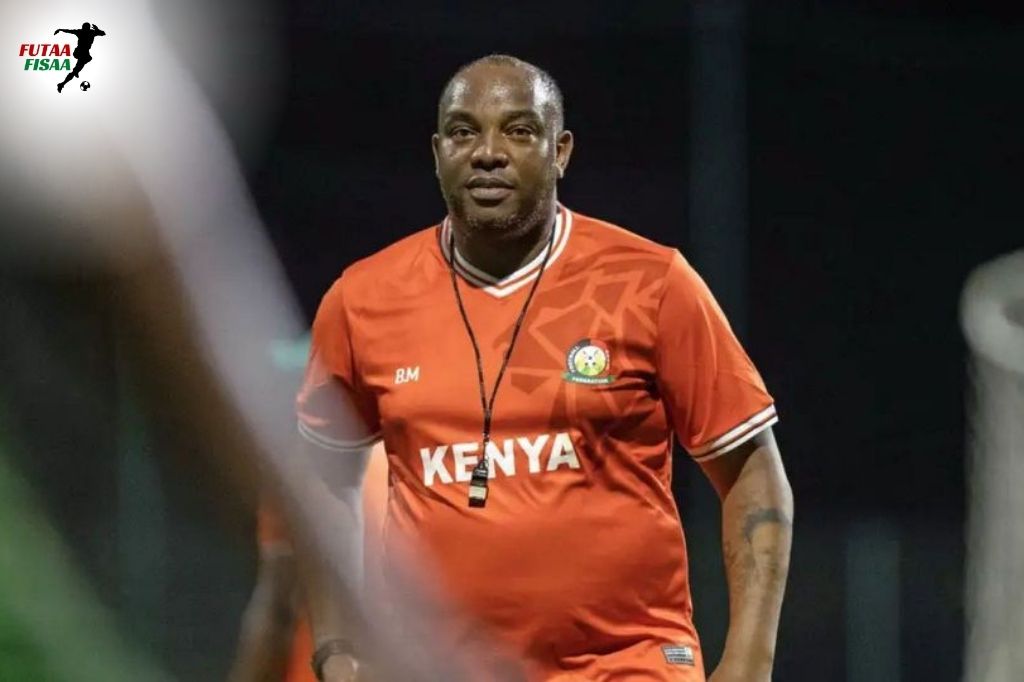Football holds a special place in the heart of Kenyan culture today.
It is the country’s most beloved sport, uniting people from all walks of life through shared passion and pride.
But to truly appreciate Kenyan football’s place in modern society, it is important to understand its fascinating journey—from humble colonial beginnings through dynamic growth and into a promising future.
Key Takeaways
- Football was introduced to Kenya by British settlers in the early 20th century
- The Kenya Football Federation was established in 1960, marking formal organization
- AFC Leopards and Gor Mahia emerged as legendary powerhouses with passionate fan bases
- Ethnic and political affiliations significantly influenced club formation and rivalries
- Modern Kenyan football faces governance challenges but shows promise for future growth
- Grassroots development and youth programs are key to the sport’s continued evolution
Table of Contents
Join Our Community of Fearless Football Fans!
Get exclusive insights, breaking news, and passionate discussions about Kenyan football. Connect with fellow fans who live and breathe the beautiful game!
Join WhatsApp ChannelDive Deeper Into Kenyan Football History
Want the complete story? Get our comprehensive e-book covering every detail of Kenyan football from colonial times to today.
Buy E-Book TodayFootball’s Colonial Origins in Kenya
Football was introduced to Kenya by British settlers in the early 20th century, brought over as a leisure activity and a means of social control.
The first teams formed were often based around the settler communities and colonial administrative hubs, particularly in Nairobi, the Coast region, and Rift Valley.
Despite its colonial roots, the simplicity and accessibility of football endeared it quickly to Kenyans.
By the 1920s and 1930s, African communities had started forming their own clubs, often linked closely to ethnic groups.
Early competitions such as the Remington Cup (organized by the colonial Football Association) began to take shape, providing a platform for teams like Mwenge and Feisal from Mombasa, which became hotbeds of football talent.
Football became a subtle platform for expressing resistance and pride, even as it was used for colonial social agendas.
Formation of Organized Football Structures
The formal organization of Kenyan football saw a major milestone in 1960 with the establishment of the Kenya Football Federation (KFF), the official governing body for the sport.
Kenya’s affiliation to FIFA soon followed, opening doors to international competition.
Early Regional Competitions
Regional East African competitions began with the Gossage Cup, contested between Kenya, Uganda, and Tanzania starting in the 1920s and continuing for decades.
These contests fostered fierce local pride and laid the foundation for what would later become the CECAFA tournaments.
Ethnic and Political Influences
Post-independence, football in Kenya was deeply intertwined with ethnic and political identities.
Clubs often served as symbols of ethnic communities, such as Abaluhya FC (now AFC Leopards) for the Luhya community and Luo Union, which later led to the formation of Gor Mahia FC under Luo community leadership.
Political figures backed various clubs, influencing football both on and off the pitch.
The intense tribal affiliations sometimes led to rivalry and tensions but also fueled the popularity and growth of the league.
Clubs from diverse ethnic communities vied not just in sport but for social and political symbolism.
Growth and Popularity Post-Independence (1960s-1980s)
The decades following Kenya’s independence in 1963 witnessed the rise of legendary clubs and players.
AFC Leopards and Gor Mahia became football powerhouses, commanding passionate fan bases across the country.
The likes of Joe Kadenge and Peter Ouma emerged as football heroes, inspiring generations.
| Club | Founded | Community Base | Notable Achievement |
|---|---|---|---|
| AFC Leopards | 1964 | Luhya Community | Multiple League Titles |
| Gor Mahia FC | 1968 | Luo Community | Continental Success |
During this period, football was not just a sport but a vehicle for national identity and unity, albeit through the prism of ethnic affiliations.
The leagues expanded, and more youth took up the sport in urban and rural areas.
Yet, challenges persisted.
Political interference in football administration was common, and management issues sometimes marred progress.
However, the commitment to football among players and fans ensured continuous growth and deepening of the game’s roots in Kenya’s cultural fabric.
Modern Era Developments in Kenyan Football
By the late 20th century and into the 2000s, Kenyan football began transitioning into greater professionalism.
The Kenya Premier League was established, with teams attracting sponsorship from corporations such as Kenya Breweries and Tusker, contributing to the growth of competitive football.
International Progress
Internationally, the Harambee Stars, Kenya’s national team, made significant strides, qualifying for continental tournaments like the Africa Cup of Nations and the CECAFA Cup.
Despite struggling to reach the FIFA World Cup, Kenyan football proudly showcases budding talents making marks locally and abroad.
Youth Development
Grassroots development programs, football academies, and youth leagues have played an increasing role in growing talent pools.
The sport remains a vibrant thread in the urban and rural landscape of Kenya, feeding dreams and uniting communities.
Present-Day Challenges and Future Prospects
Today, Kenyan football continues to face challenges including governance issues, financial instability, and limited investment in player development.
Corruption and management crises have at times stalled progress.
However, there remains a strong will among stakeholders to revive the sport’s glory through reforms, enhanced sponsorship, youth program investments, and strengthened leagues.
The rise of digital media and passionate fan engagement also offers new opportunities to elevate the sport.
Frequently Asked Questions
Ready to Explore More?
This article only scratches the surface. Get the complete, detailed history with exclusive insights, rare photos, and untold stories.
Get The Complete E-Book

